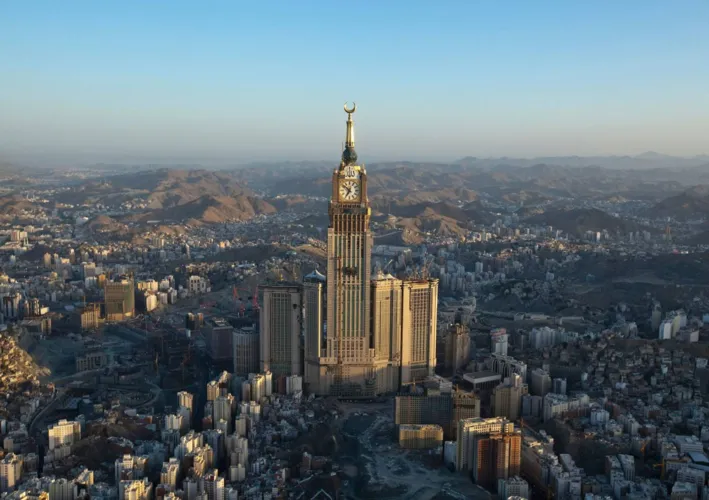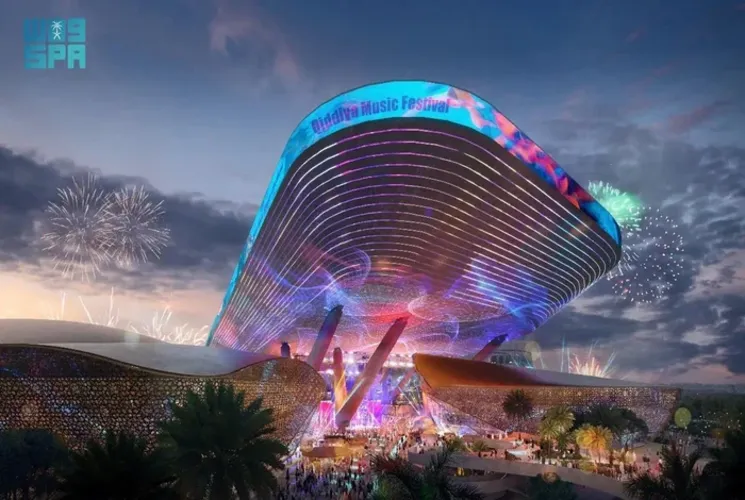A Tourism Tsunami: 390% Growth Signals Industry Shakeup
Saudi Arabia’s tourism ambitions just got a turbo boost. Since the Kingdom clinched hosting rights for the 2034 FIFA World Cup, Saudi tourism license applications have exploded by 390%. This isn't just a bureaucratic uptick—it’s a signal flare for a fast-evolving market, where international investors, hotel chains, and tour operators are scrambling to stake their claim. In the first two months alone, authorities saw a spike in inquiries across accommodation, entertainment, transport, and events—underscoring a growing confidence in Saudi Arabia’s long-term vision for tourism-led growth.
Over the next few paragraphs, we'll dive into how this licensing boom fits into the broader Vision 2030 strategy, which aims to diversify Saudi’s economy and double down on sports tourism. You’ll learn how infrastructure plans are unfolding across five host cities, why 230,000 new hotel rooms are being built, and how public-private partnerships are shaping an ecosystem set to welcome 160+ nationalities. We'll also break down the major spending categories—from TV operations to workforce logistics—that investors are eyeing, and what the numbers say about Saudi Arabia’s trajectory as a sports tourism superpower.
Sports Tourism Sparks Billion-Dollar Opportunity
Sports tourism is emerging as a cornerstone of Saudi Arabia’s diversification strategy. In 2024 alone, 14 million visitors traveled to the Kingdom for sporting events, spending nearly SR22 billion ($5.86 billion). According to global projections, sports tourism is set to grow 17.5% by 2030, making it one of the fastest-rising sectors in global travel—and an engine for Saudi’s tourism license surge.
Tourist Demographics Doubled Since 2018
Saudi Arabia’s push for inclusivity and global appeal is paying off. The number of nationalities attending sporting events jumped from 70 in 2018 to over 160 in 2024. That dramatic leap signals robust demand for tourism licenses across diverse sectors—including accommodations, venues, travel experiences, and cultural initiatives—all tailored for an increasingly international crowd.
230K Hotel Rooms to Meet Expanding Demand
A central part of the tourism strategy includes constructing 230,000 hotel rooms across five cities in preparation for the World Cup. Experts forecast this development alone could add $9 to $14 billion to the nation’s GDP and generate 1.5 million new jobs. With that kind of scale, the Saudi tourism license isn’t just a formality—it’s a launchpad for long-term business opportunity.
Behind the Numbers: Strategic Spending Breakdown
The World Cup hosting blueprint reveals critical cost drivers fueling tourism investment:
- $378.4M: Television operations
- $273.8M: Workforce management
- $124M: Transport systems
- $111.1M: Team services
- $99.5M: IT & telecom infrastructure This breakdown offers a roadmap for where commercial interest will concentrate—and where new license applicants may find competitive openings.
Vision 2030 Meets Private Sector Ambition
During the Sports Investment Forum held April 7–9 in Riyadh, officials unveiled fresh frameworks to accelerate capital inflows, streamline tourism licensing, and align investor incentives with Vision 2030 priorities.
Also Read: Saudi Tourism Predicts Strong 8% Expansion in 2025







